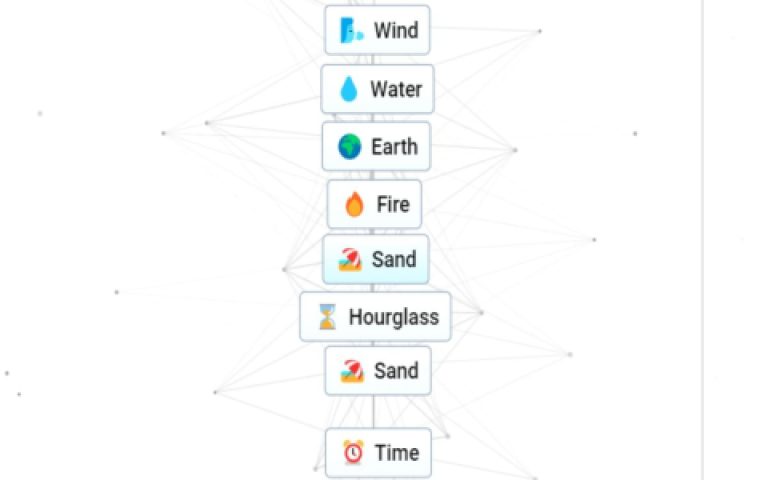Random Number Generation (RNG) is fundamental to dungeon-based games, providing the unpredictability and replayability that define genres like roguelikes and action RPGs. Effective RNG code underpins many core systems, from level creation to combat resolution.
Core Applications of RNG in Dungeons
RNG code is integral to several key aspects of dungeon game design:
- Procedural Map Generation: Algorithms use RNG to determine room layouts, corridor connections, placement of special features (shrines, traps), and overall dungeon structure.
- Loot Distribution: Code dictates what items drop from enemies or are found in chests, including item type, rarity, and statistical properties. This often involves loot tables and weighted probabilities.
- Enemy Spawning and Behavior: RNG determines the types of enemies encountered, their quantity, initial positions, and sometimes variations in their attack patterns or decision-making.
- Combat Mechanics: Hit chance, critical hit probability, damage ranges, status effect application, and defensive rolls (dodge, block) are commonly driven by RNG.
- Resource Placement: The location and quantity of resources like gold, potions, or crafting materials are often randomized.
- Events and Encounters: Triggering unique events, puzzles, or non-combat encounters can be tied to random chance or specific procedural conditions influenced by RNG.
Fundamental RNG Code Concepts
Most game RNG relies on Pseudo-Random Number Generators (PRNGs). These are algorithms that produce sequences of numbers that approximate true randomness but are entirely deterministic if the starting conditions are known.

- Seed Value: A PRNG starts with an initial number called a seed. The same seed will always produce the same sequence of random numbers. This is invaluable for debugging, testing, and allowing players to share specific dungeon layouts or scenarios. Games often use the system time as a default seed for varied playthroughs.
- Generating Numbers in a Range: PRNGs typically output numbers in a normalized range (e.g., 0.0 to 1.0). Game code then scales and transforms these numbers to fit specific needs:
// Conceptual example for an integer in [min, max]function getRandomInt(randomNumberGenerator, min, max) {let rawRandom = *(); // Assuming this returns value in [0,1)return *(rawRandom (max - min + 1)) + min; - Random State Management: It's crucial to manage the state of the PRNG. Some systems use a global RNG, while others might use separate RNG instances for different game systems (e.g., one for map generation, another for combat) to prevent unintended correlations.
Techniques for Controlling and Shaping RNG
While pure randomness is a starting point, developers often "shape" RNG to create more controlled or fair-feeling experiences:

- Weighted Probabilities: Assigning different likelihoods to various outcomes. For loot drops, common items have higher weights (probabilities) than rare items.
A common method involves summing all weights and picking a random number within that sum. Each item "occupies" a portion of this range proportional to its weight.
- Shuffle Bag (Deck of Cards Method): Ensures that a set of outcomes occurs a certain number of times within a sequence before repeating. For example, a list of N distinct items is created, shuffled, and then items are "drawn" one by one. Once all items are drawn, the list is refilled and reshuffled. This prevents long streaks of the same outcome or missing a specific outcome for too long.
- Pity Timers / Anti-Bad Luck Streaks: A system that guarantees a desired outcome if it hasn't occurred after a certain number of attempts. For instance, a rare item drop might be guaranteed after X kills without it dropping.
- Noise Functions (e.g., Perlin, Simplex): Used for generating more natural-looking random patterns, such as terrain features, resource distribution, or texture variations. These produce "coherent noise," where values change smoothly rather than erratically.
- Clustering: Modifying probabilities to make certain events or items more likely to appear in groups or specific areas.
Considerations for Dungeon RNG Code Design
Writing effective RNG code involves more than just calling a random function:
- Player Perception vs. True Randomness: Players often perceive true randomness as "streaky" or unfair. Controlled randomness techniques can make the game feel more balanced.
- Impact of Randomness: Evaluate how much RNG affects core gameplay. Too much can make player skill feel irrelevant, while too little can make the game predictable and stale.
- Testability and Debugging: The ability to use fixed seeds is paramount for reproducing bugs and testing specific scenarios influenced by RNG. Logging random seeds used during problematic sessions is also good practice.
- Transparency (Optional): Decide how much information about underlying probabilities is revealed to the player. Some games are explicit, while others prefer to keep it opaque.
- Performance: While most PRNGs are fast, complex shaping logic or frequent calls in performance-critical loops (e.g., particle systems) might need optimization.
Ultimately, well-designed RNG code in a dungeon game enhances replayability and creates memorable, unique experiences by balancing chance with a sense of fairness and player agency.












